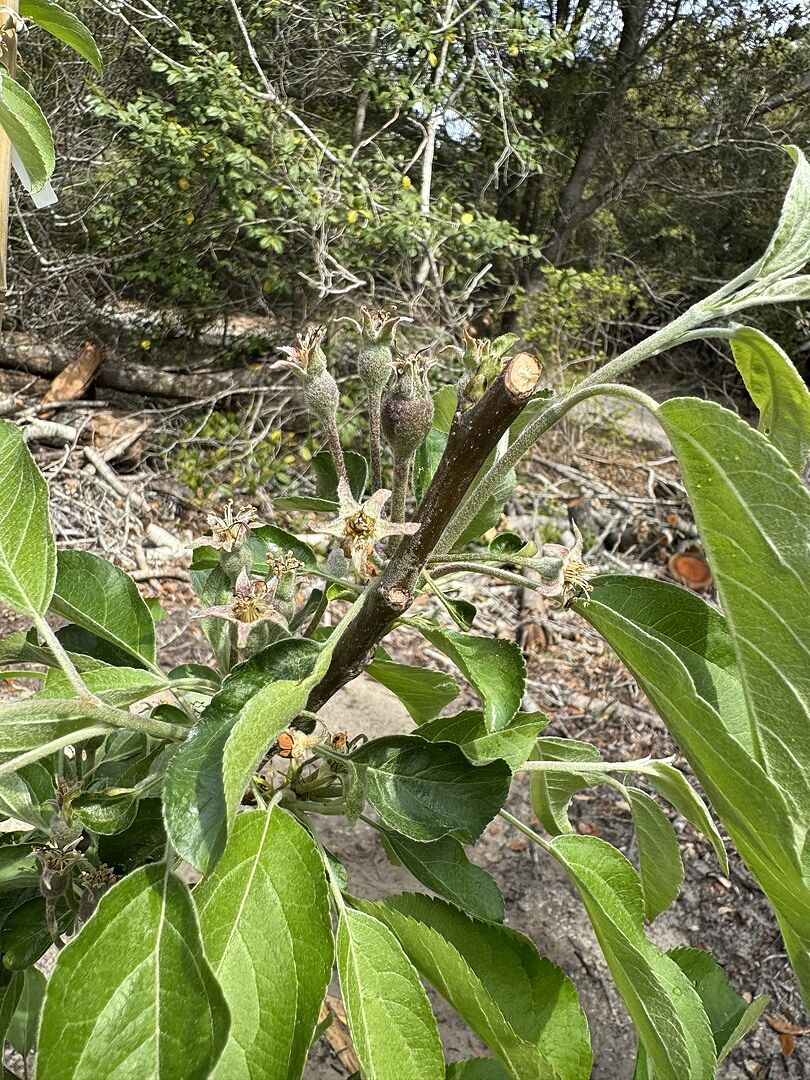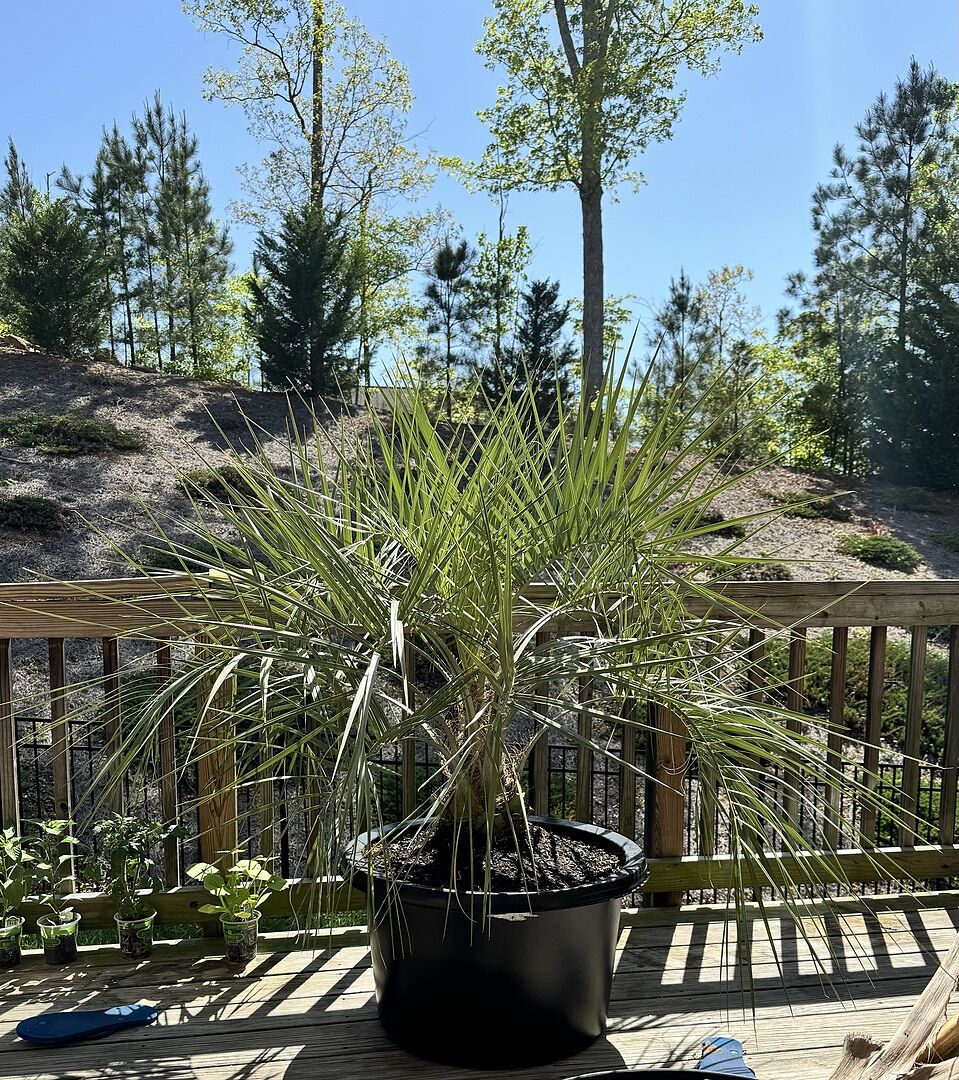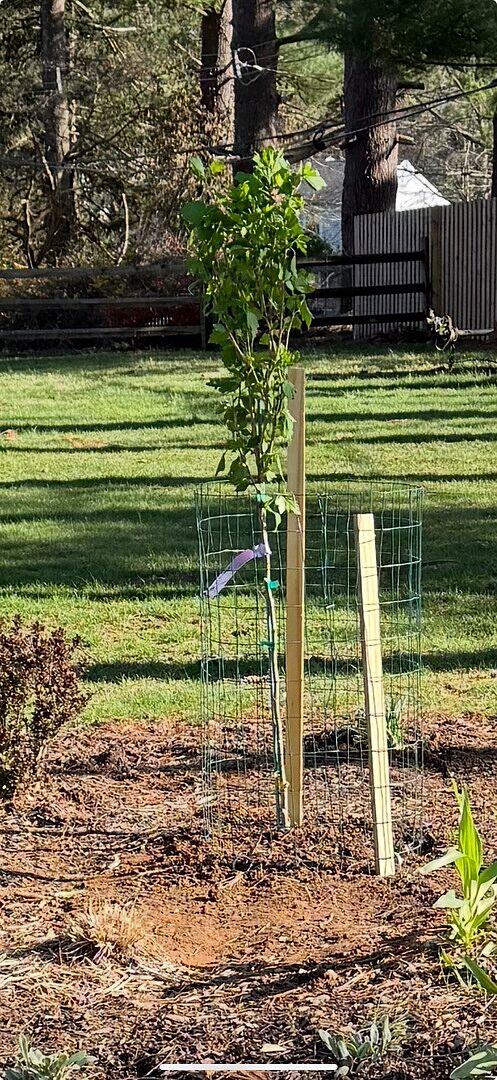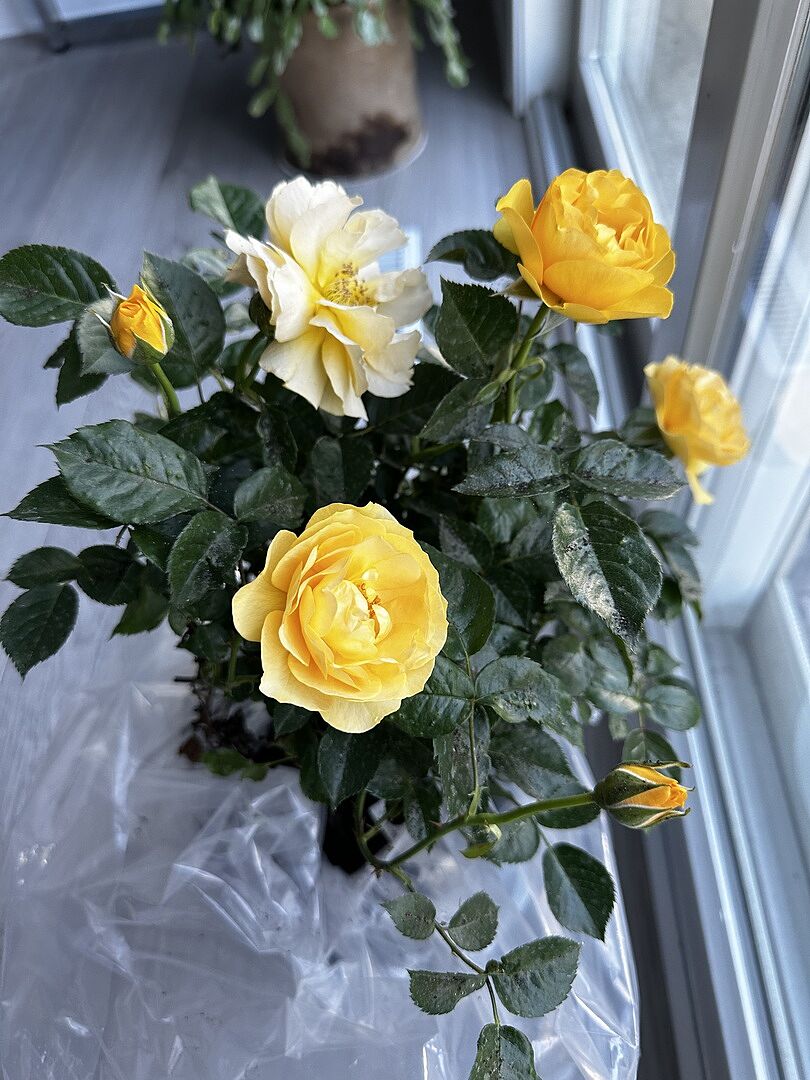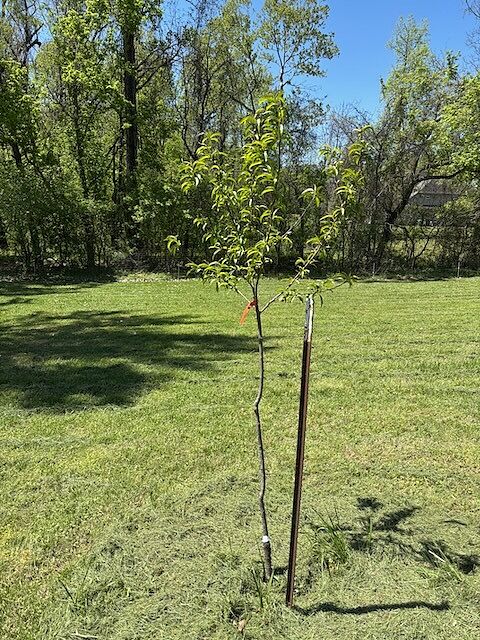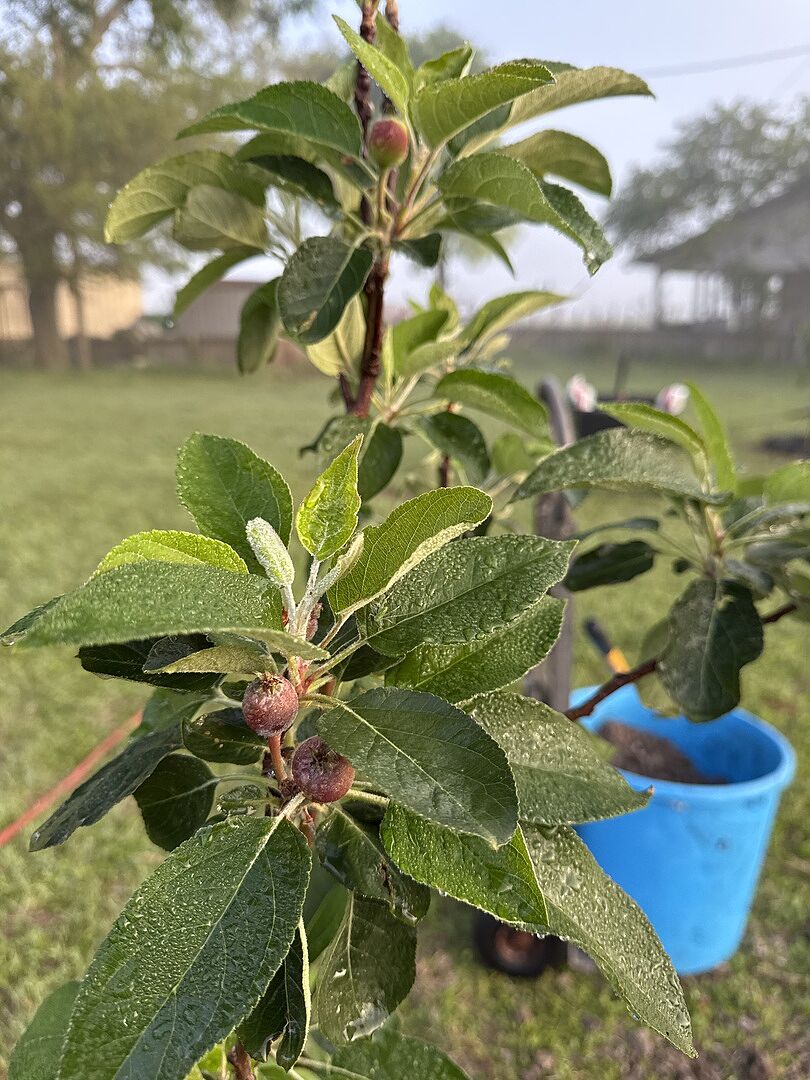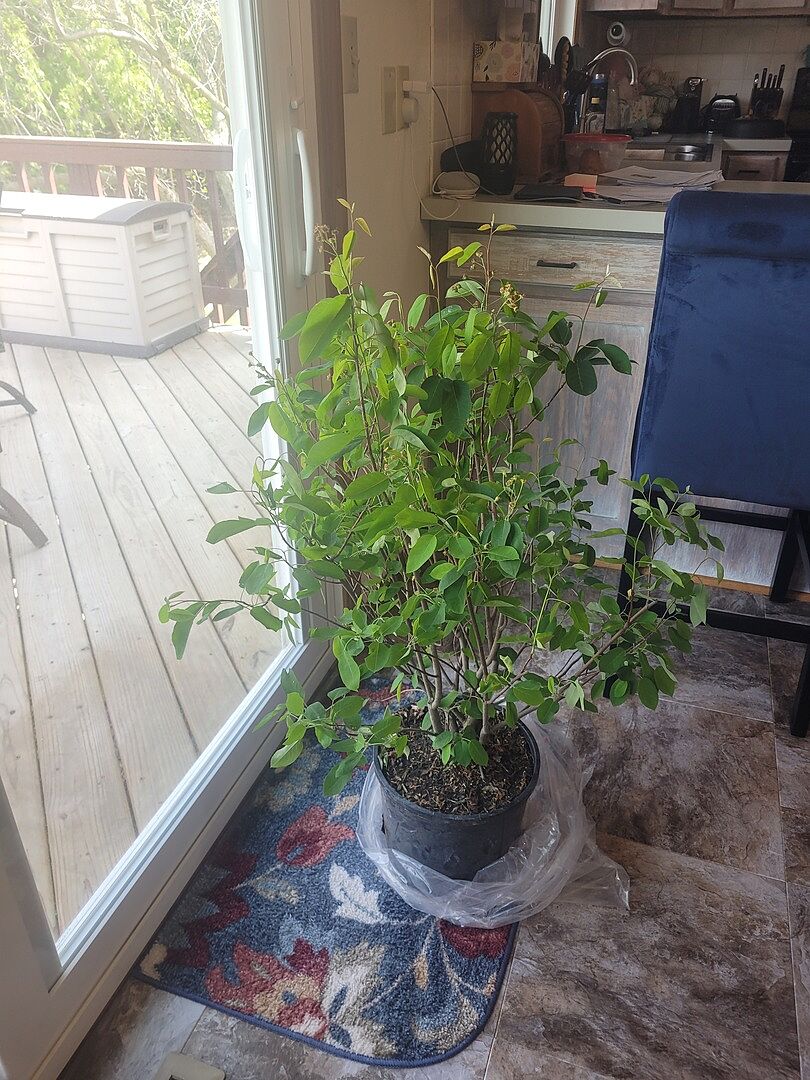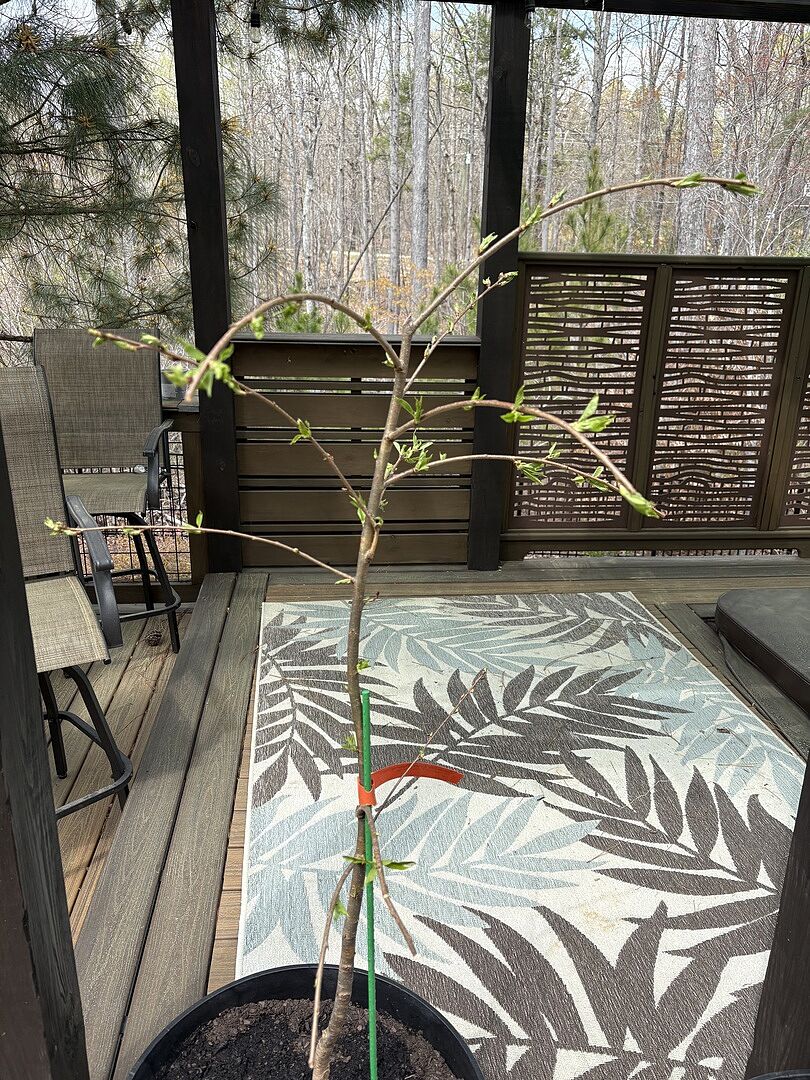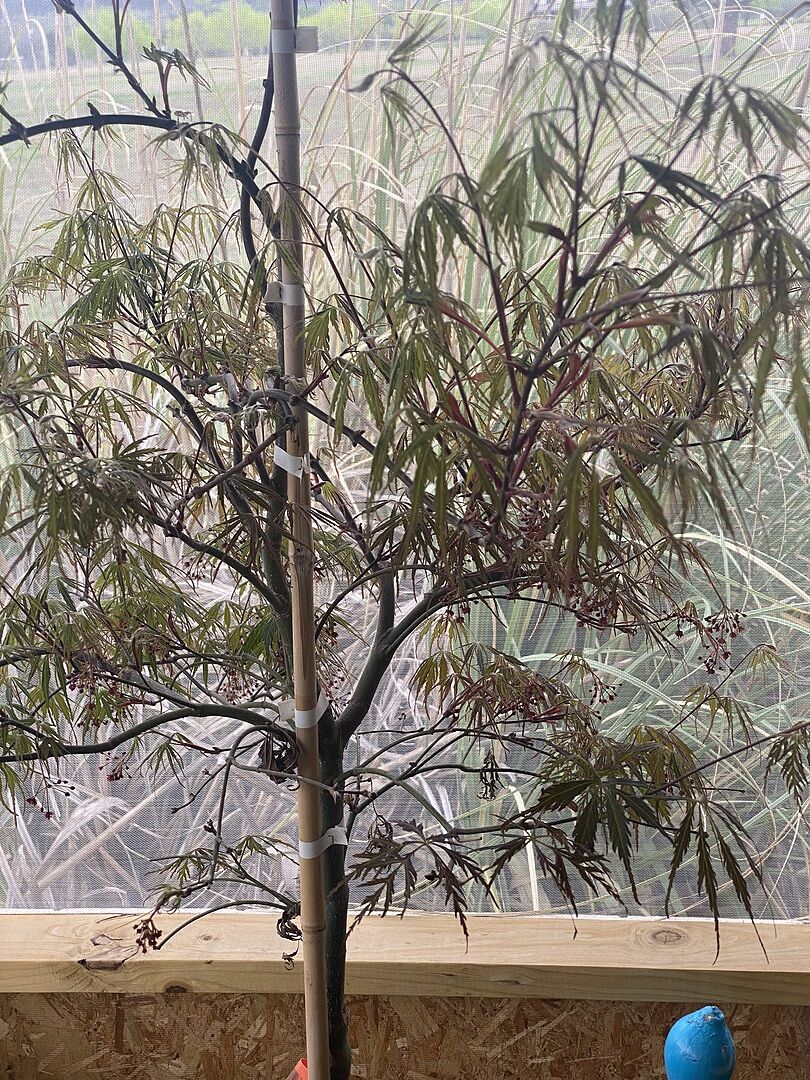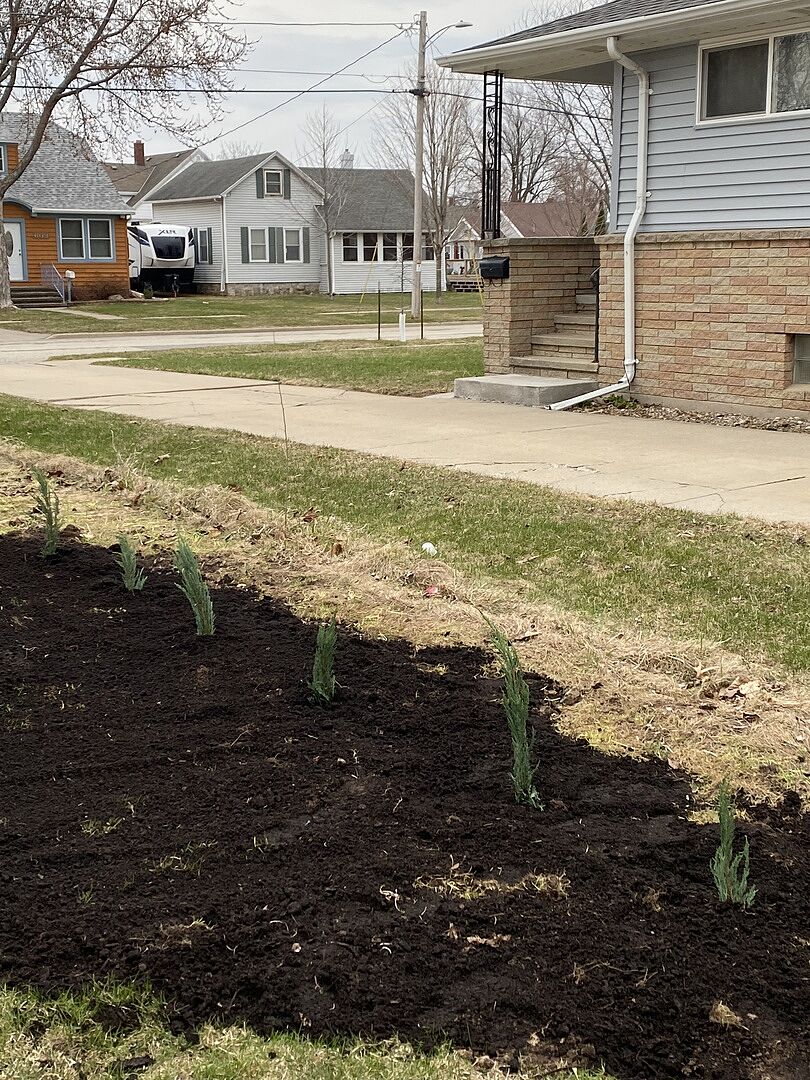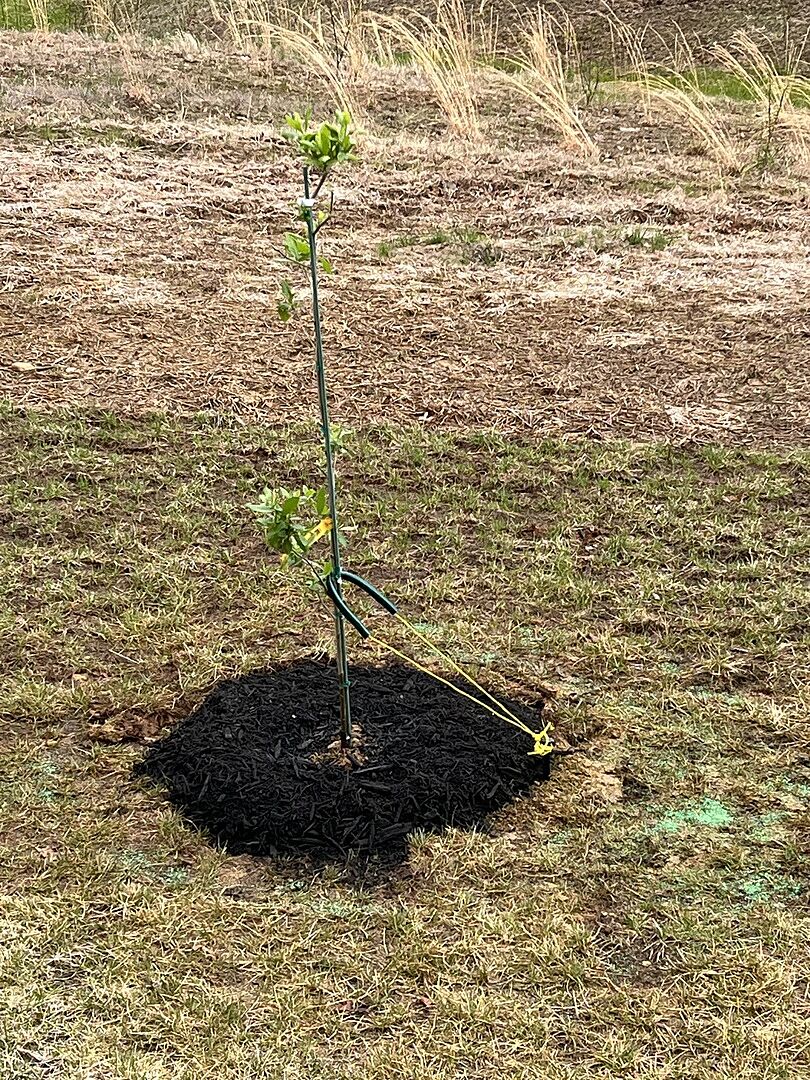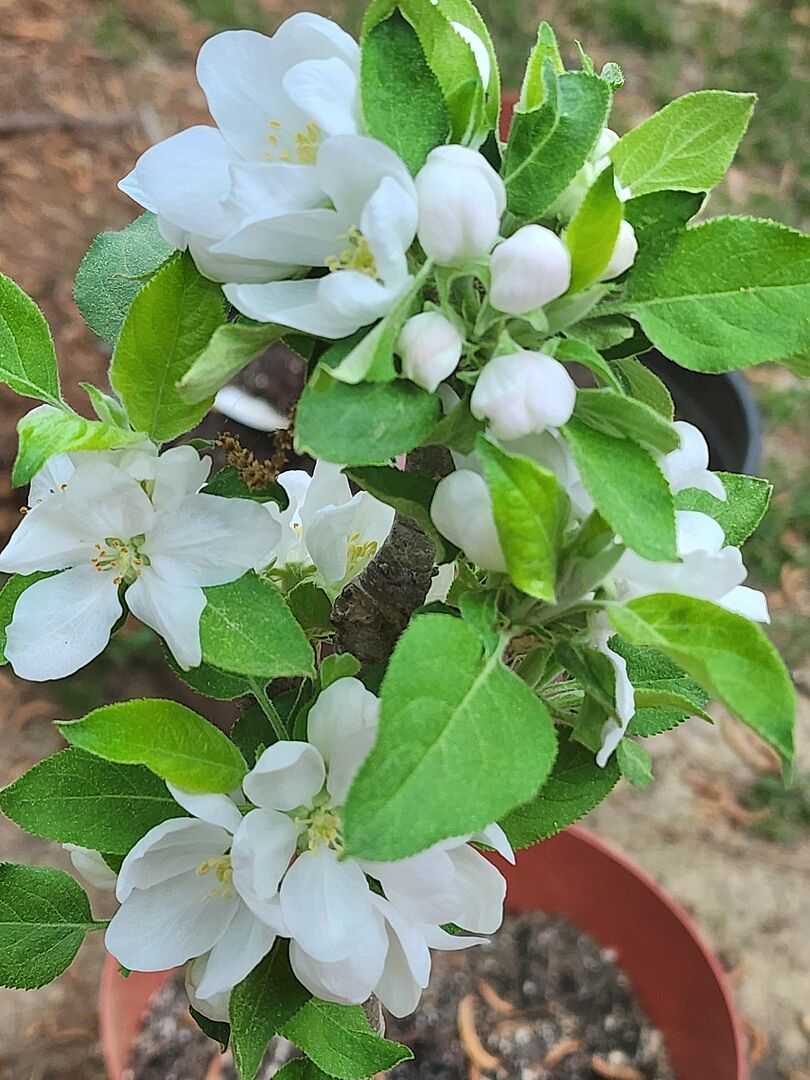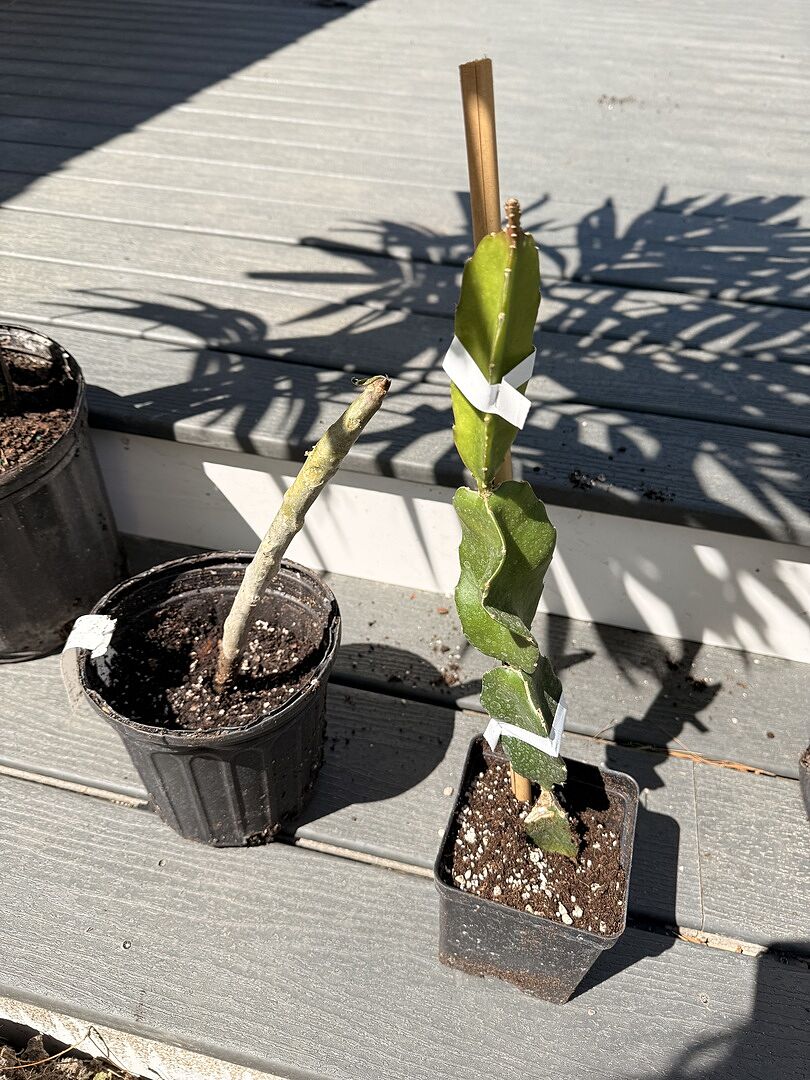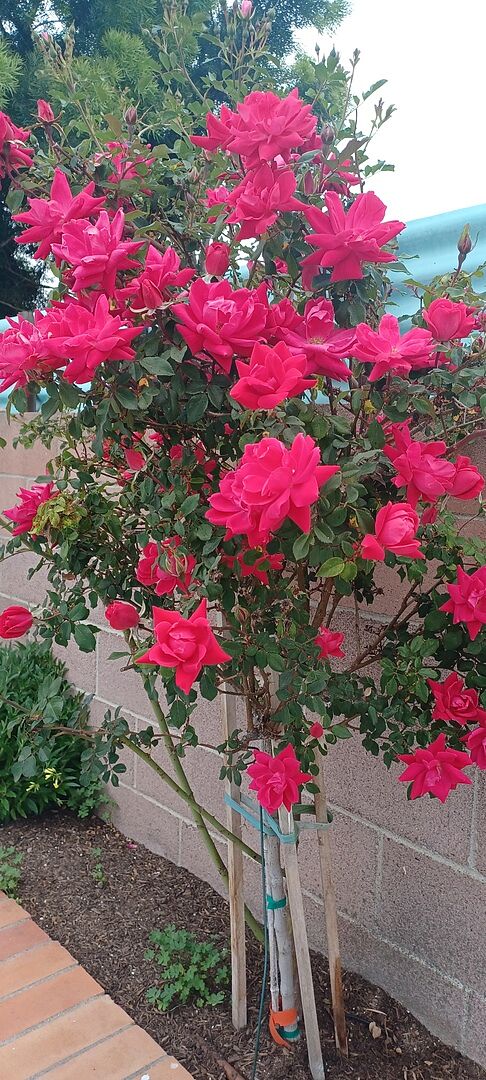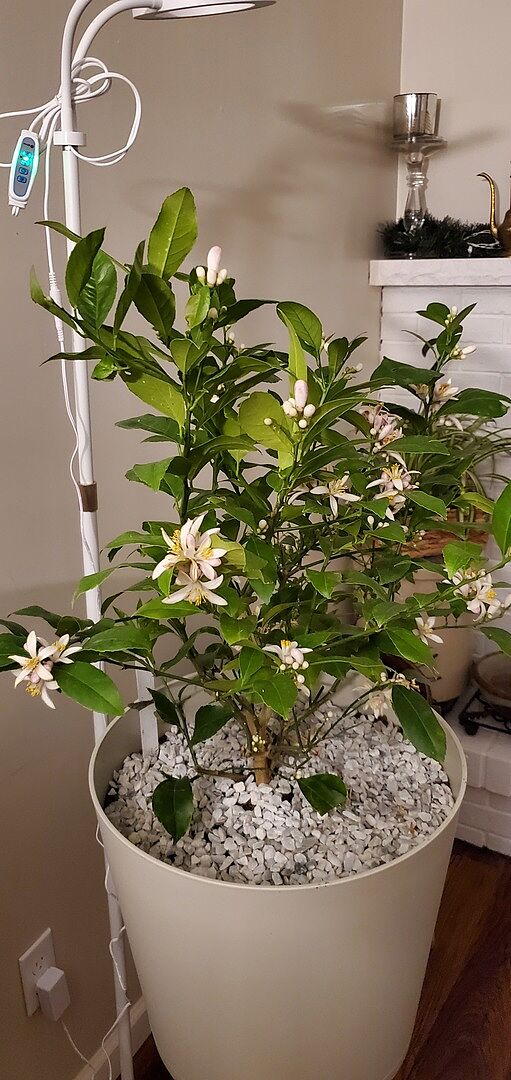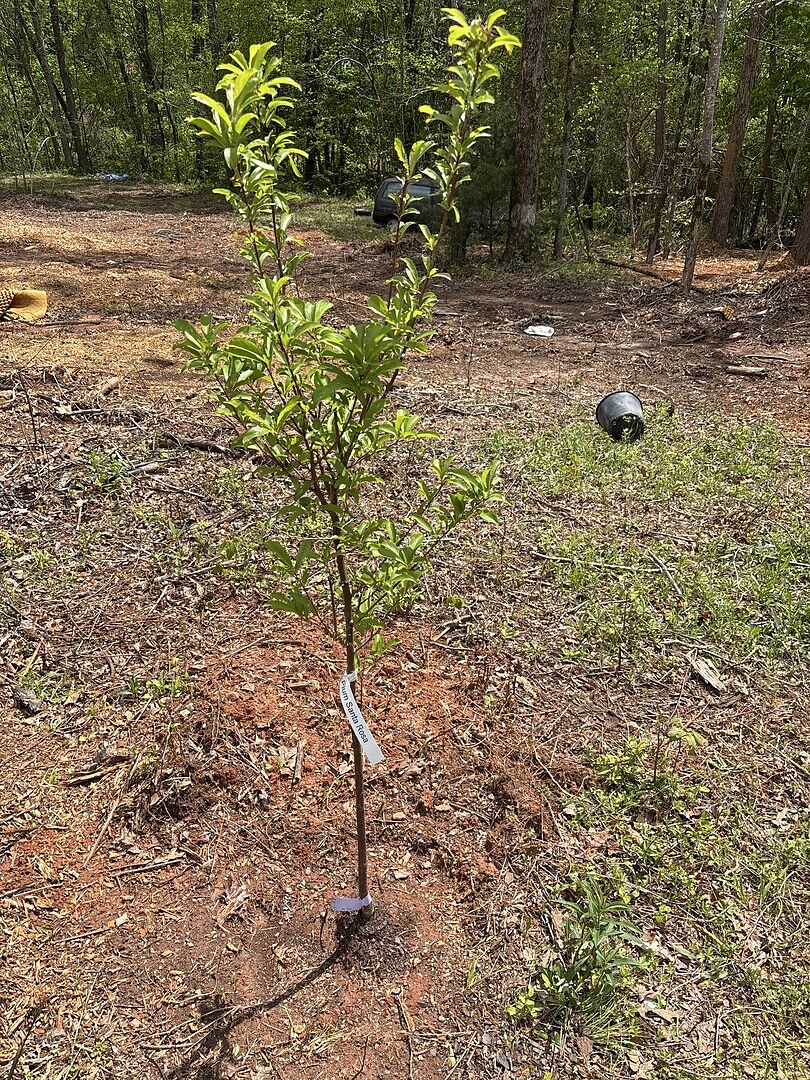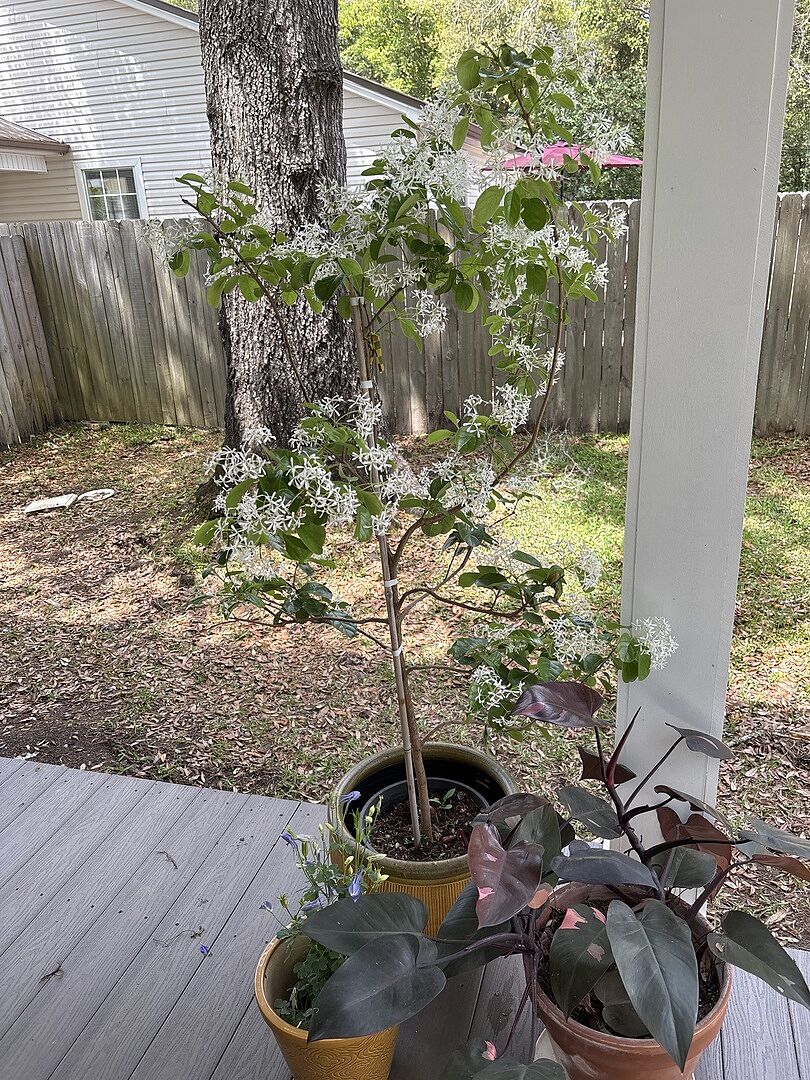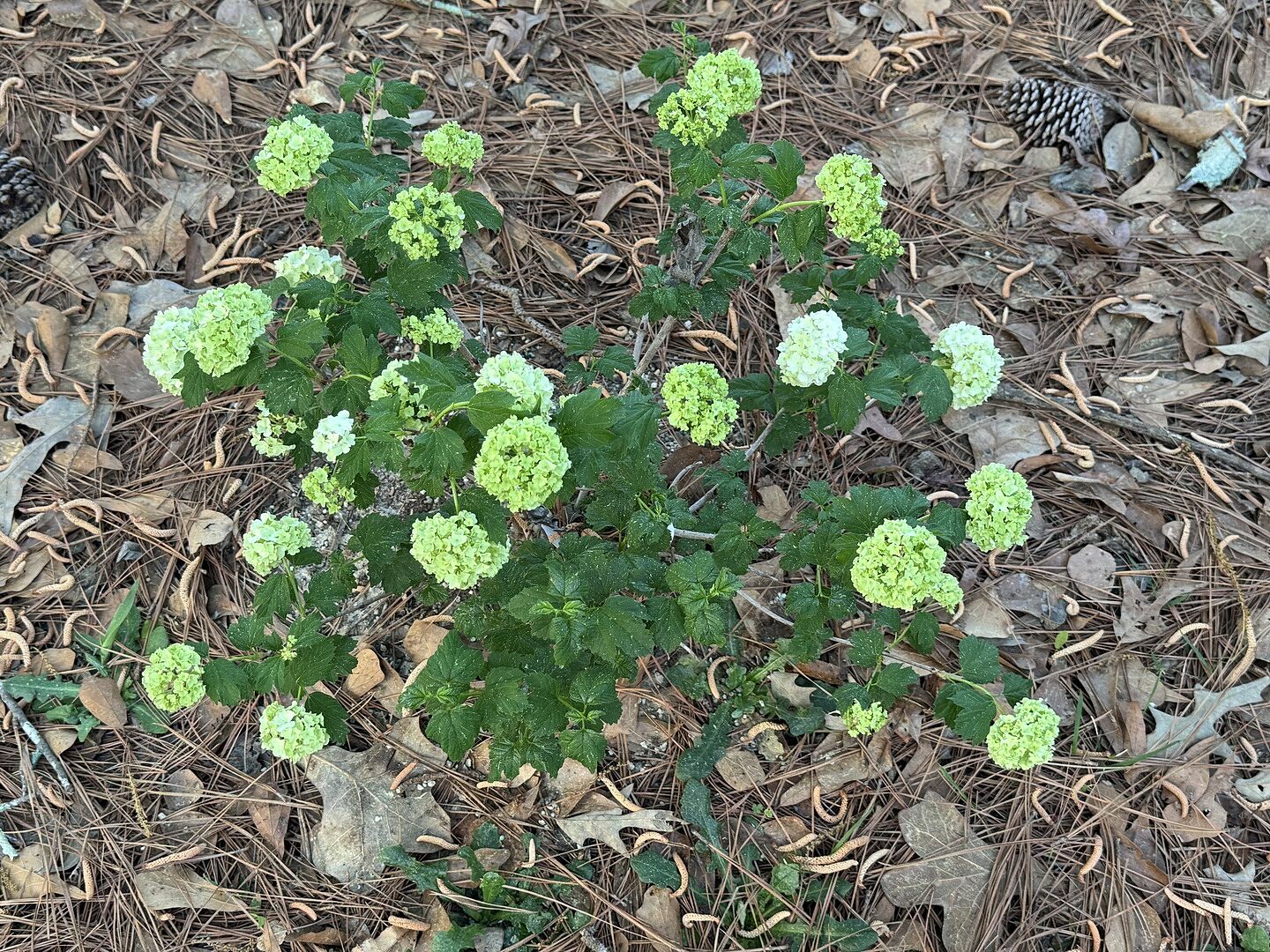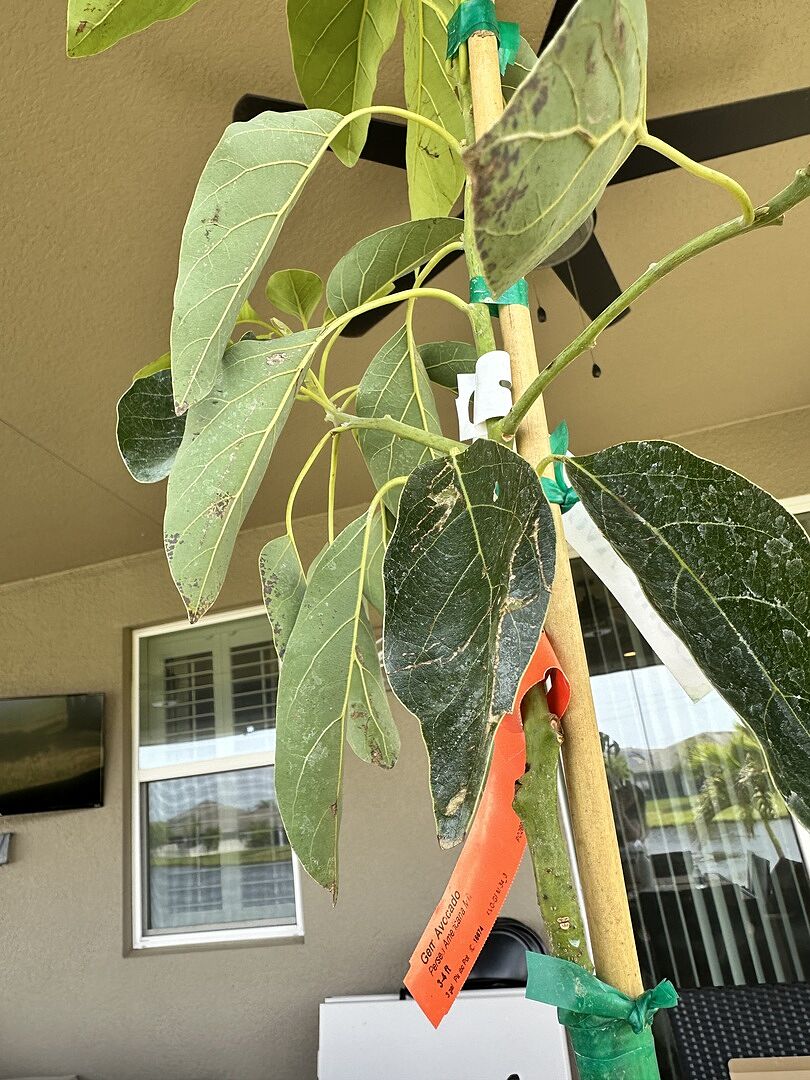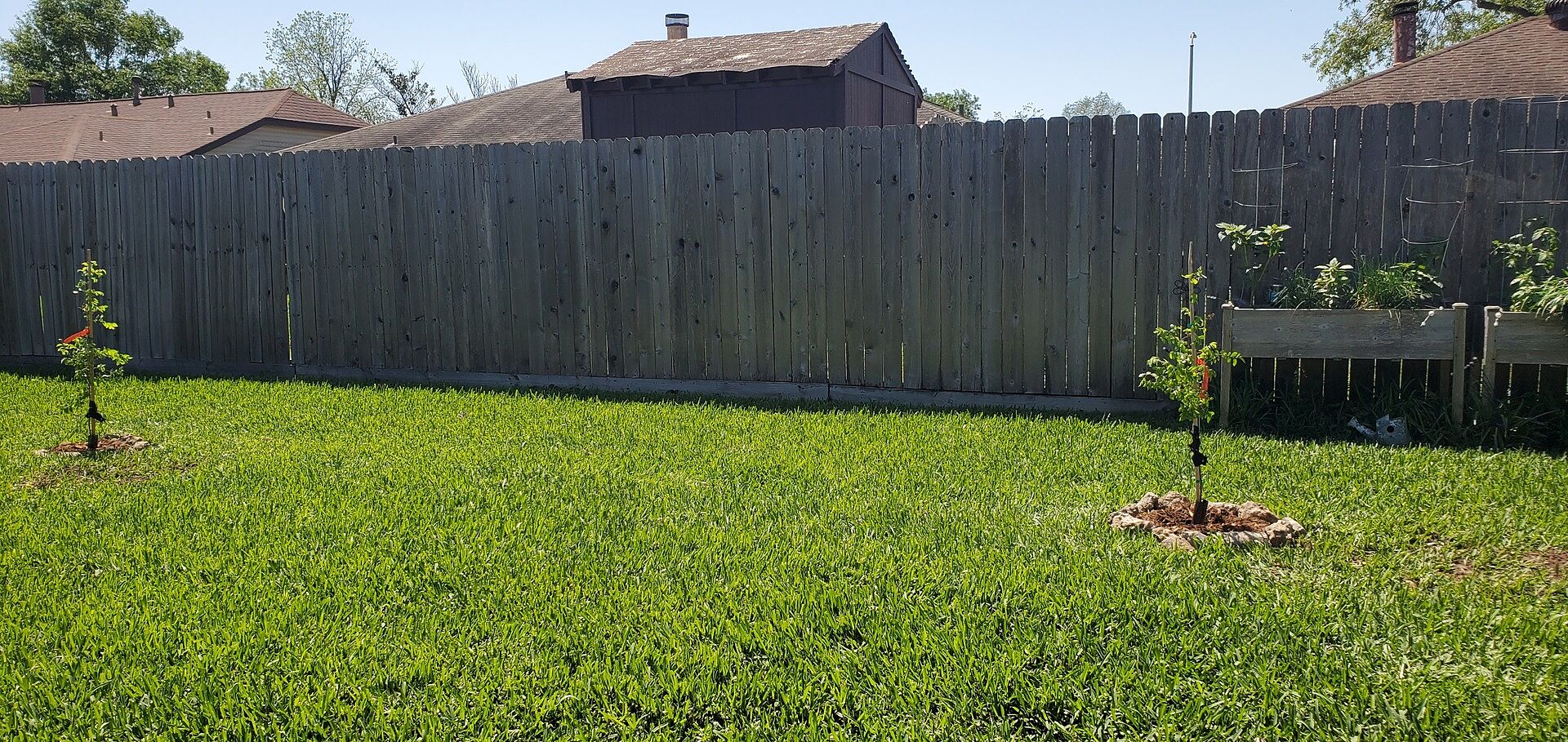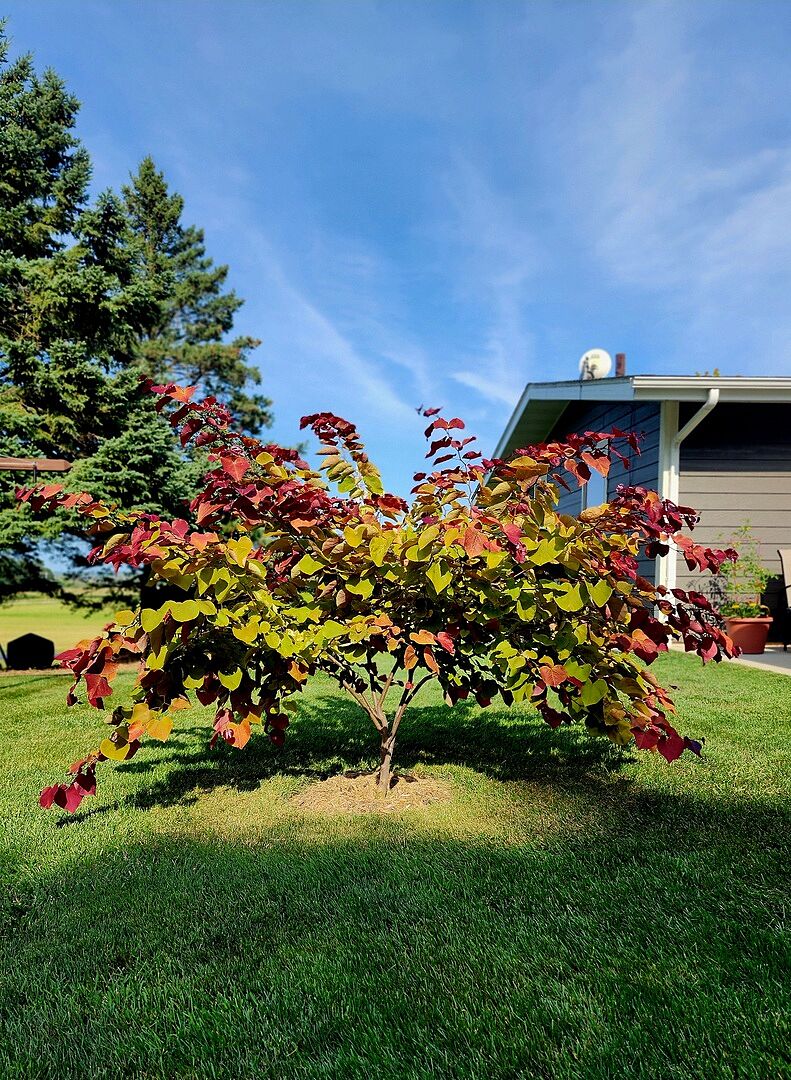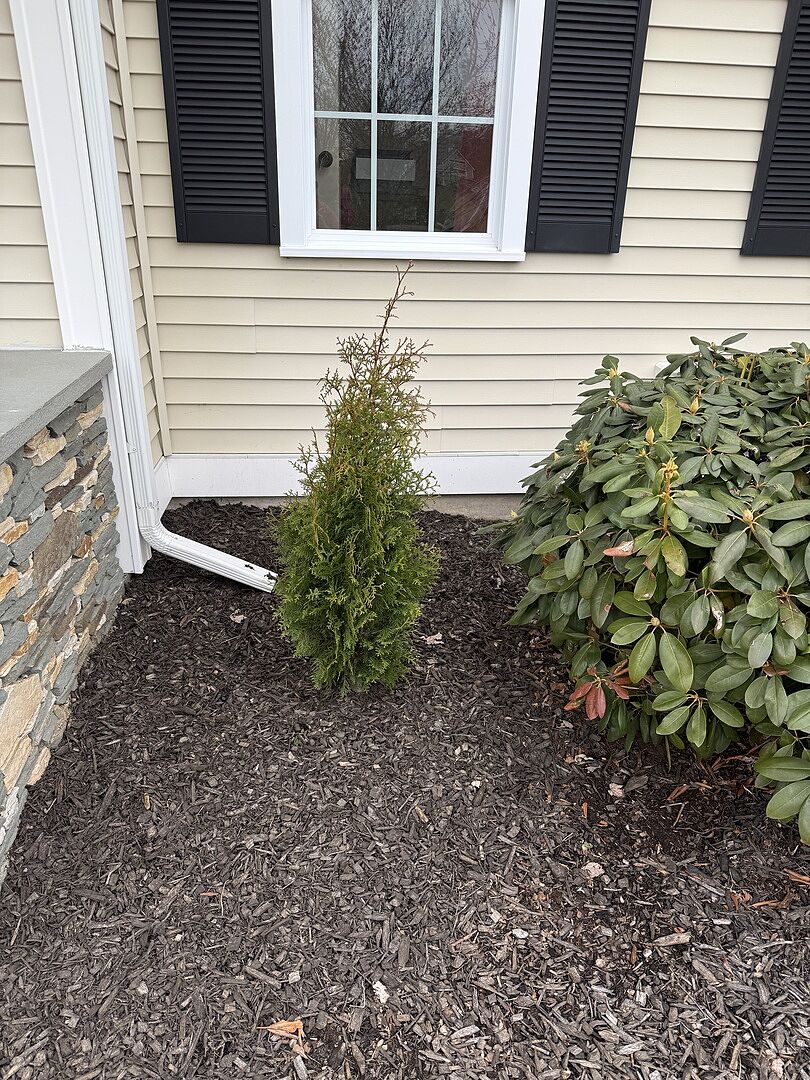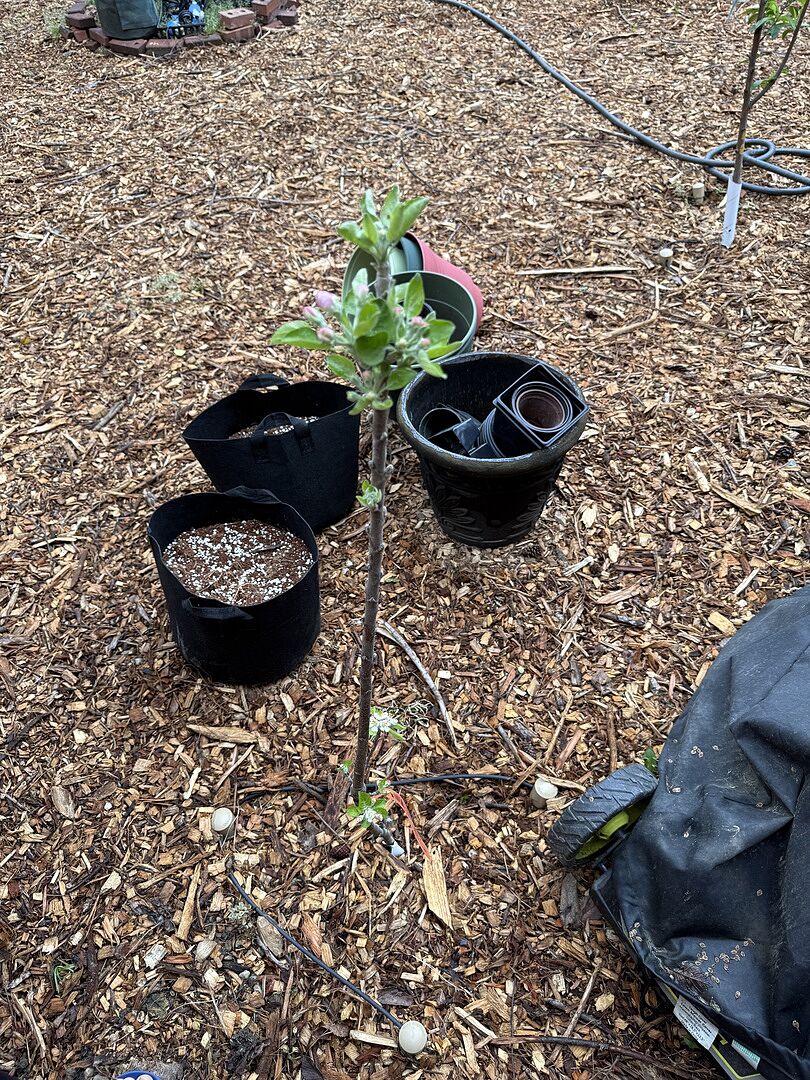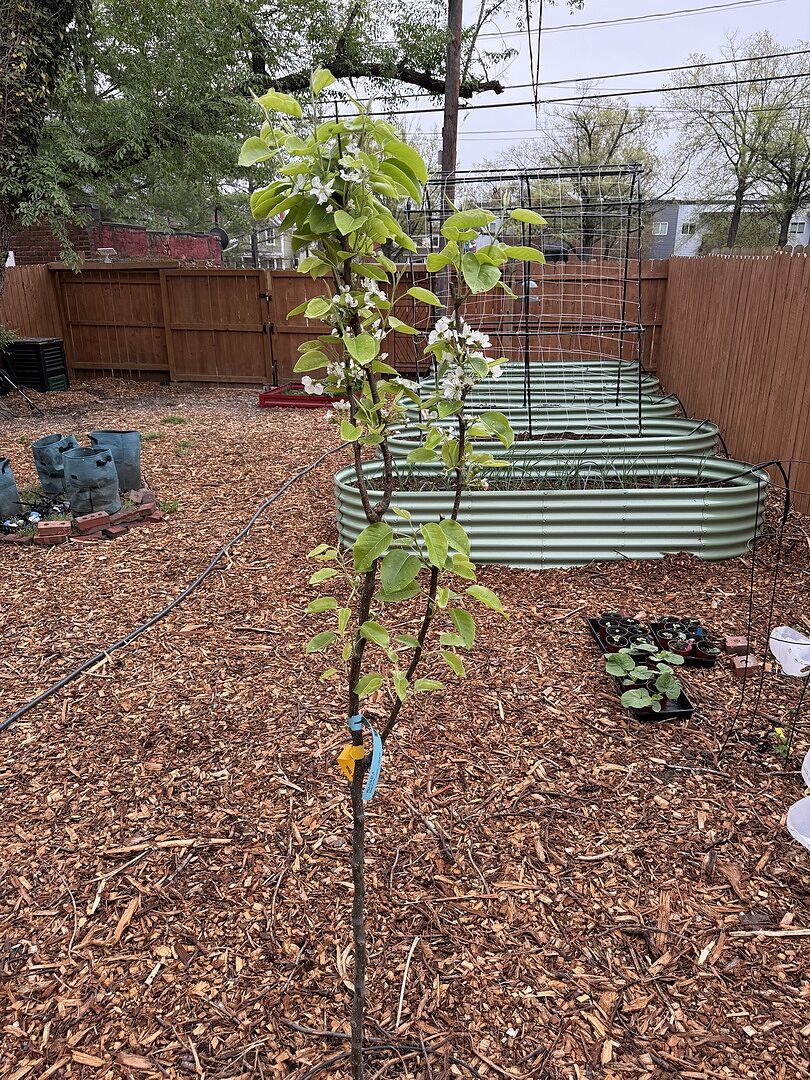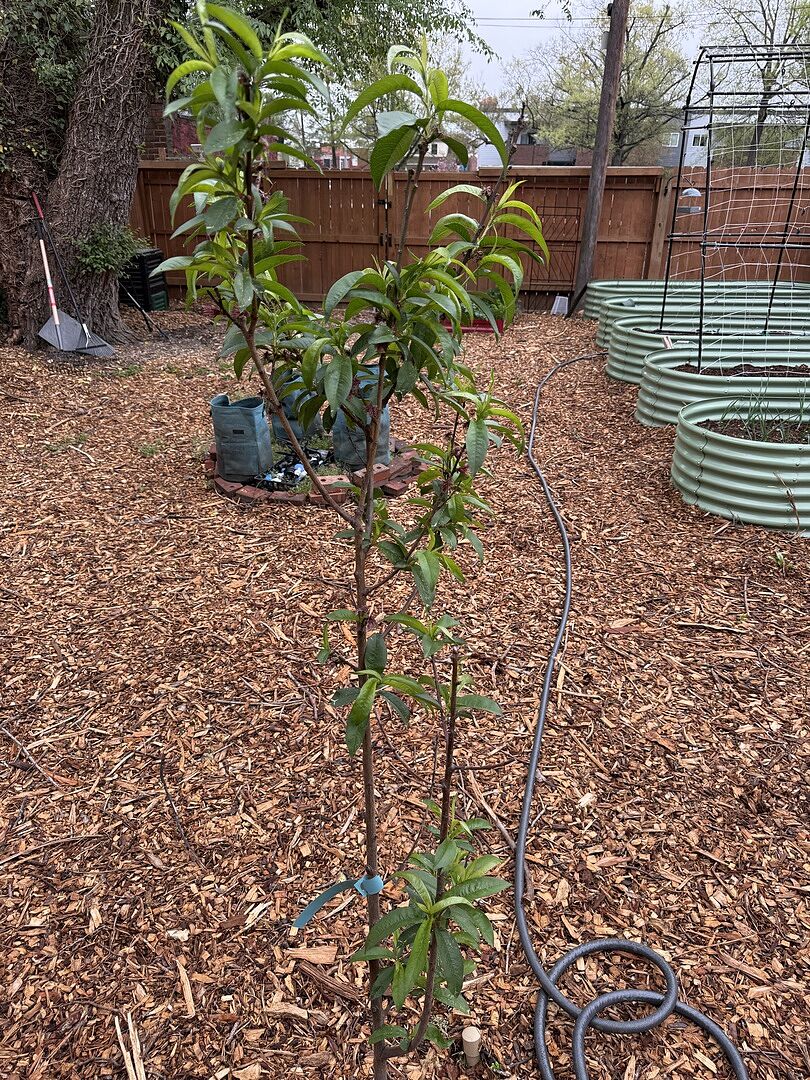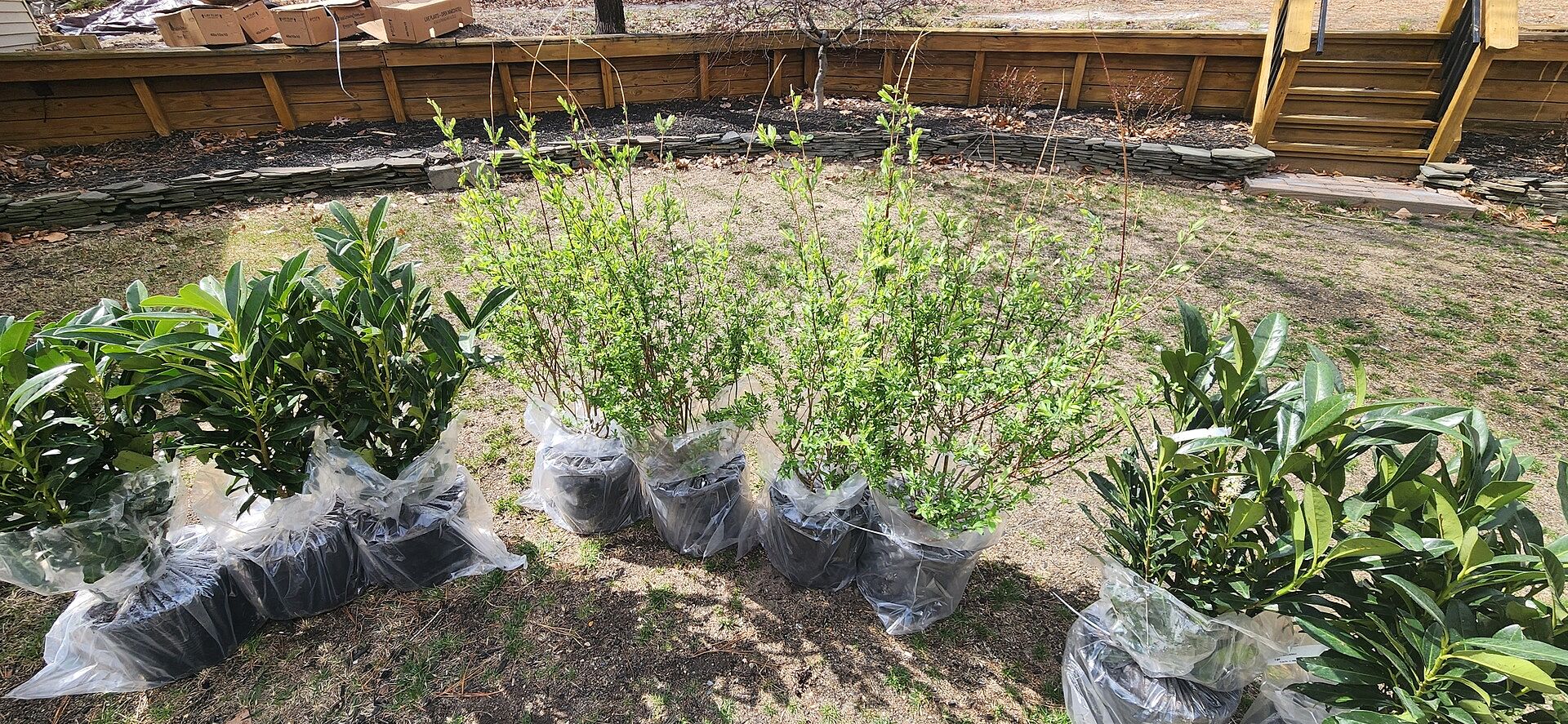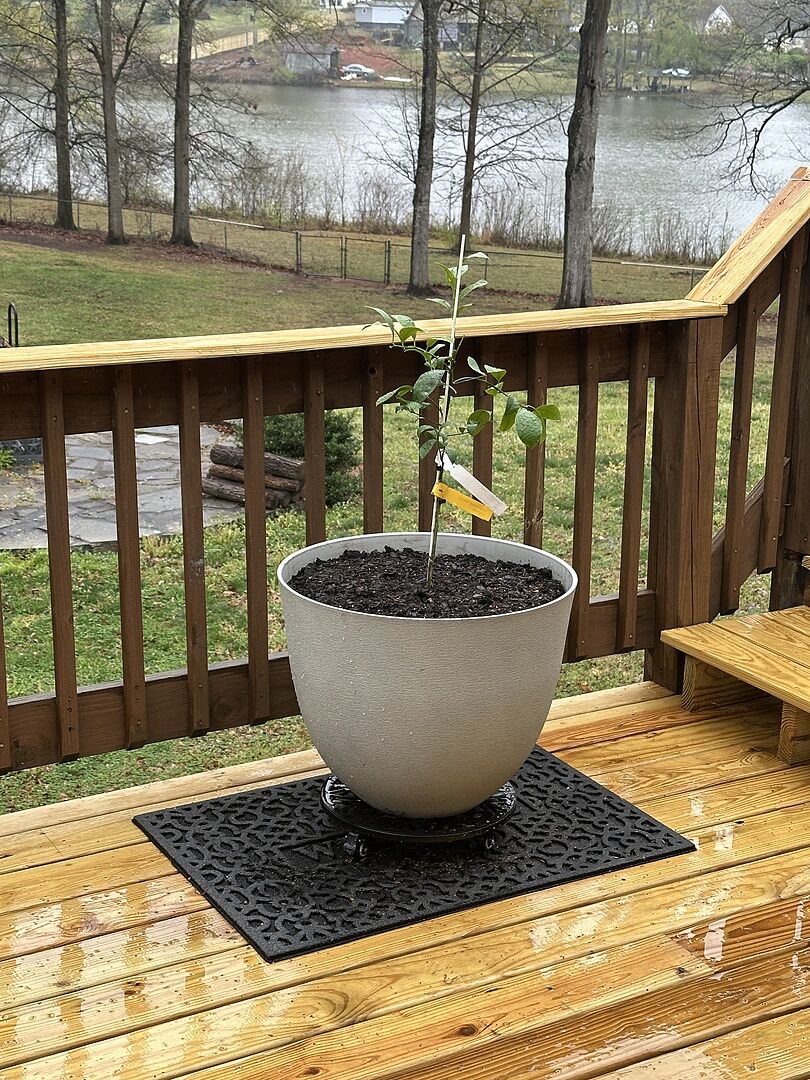House Plant Care 101: Soil

Last updated: Feb 01 2022

Let's get the scoop on soil! Soil is the growing medium for house plants, and like all plants are different, the same is true of soil types. There are many kinds out there to choose from, so we’re here to break it all down and help you (and your house plants) thrive!
The right potting soil is key to a happy and healthy plant. After all, it’s the foundation for the plant to grow roots into, and where water and nutrients are absorbed. Improper soil can create a wide range of issues, from slow growth to root rot that can eventually kill your plant. Skip the stress and get started on the right foot from the beginning by understanding the components that make up potting soil.
Read on to learn more about common soil types and soil additives, and how they help your indoor plants!
Types of Soil
Peat Moss
Peat moss is nature's sponge, and it’s commonly used in potting mixes for its ability to hold 10 times its weight in water. The sponge-like quality allows roots easy access to water for absorption into the plant. This means a happy, hydrated plant and less watering for you!
An extra bonus is that peat moss alters pH in the soil to be more acidic, making it great for plants that prefer more acidic conditions like Ferns, Philodendrons, Crotons, and Monsteras.
Peat moss is dark brown and comes from harvested and dried sphagnum moss, making it crumbly and spongy in texture. It’s relatively inexpensive and can be found packaged alone next to pre-mixed soils. To use, simply take your desired amount and break it up with your hands to mix it in the soil. Don’t worry about the exact amount you add, as peat moss is very forgiving and can be used as a planting medium all on its own.

Water Management Gel
Water management gel, or hydrogel, consists of small white pellets that might be hard to notice once mixed into your soil - but they play a big role, despite their small size!
When water comes in contact with the hard, polymer pellets, they swell and take on a soft, jelly-like consistency that slowly dries and releases water. This causes the pellets to shrink to their original size. They’ll grow and shrink over and over again, ensuring your soil isn’t too dry or too wet, providing even moisture directly to the roots.
Unlike peat moss, water management gel will not alter the pH of your soil, and it holds 100 times more water. This makes it ideal for container soil mixes, as you can go longer between watering. You can find hydrogels online or in stores, but check your soil first, as most soil mixes that advertise "moisture control" already have it mixed in.
Rice Hulls
Rice hulls are the outer husk layer that surrounds grains of rice before processing. The hulls become a natural byproduct of rice production, making them an affordable and sustainable choice to add to your soil.
Similar to perlite or vermiculite, the hulls reduce compaction by providing airspaces in the soil and promoting better drainage. Lightweight and free of dust, rice hulls are often preferred over perlite or vermiculite - just know that hulls don’t last as long and will need to be reapplied yearly.
A favorite of organic gardeners, rice hulls can be used in two ways. You can incorporate the hulls into your soil, or create a layer on top of your soil. Simply mix in the hulls to your desired consistency - normally around 10-30% of your soil mixture. For mulch, sprinkle an inch or more around the base of your plant to help keep moisture in. These are also a fantastic option for soil mixes that will be used in containers that you plan to move around seasonally since they’re lightweight - your back will thank you!
Wood Chips
Wood chips are common to come by when you visit your local hardware store, but they’re more than just mulch! Wood chips are made from finely chopped trees and branches and come in different shapes and sizes. The type of wood can vary, but the most common kinds are pine, oak, and cedar.

The two main benefits of using wood chips in your soil are preventing compaction and adding organic matter to your soil. The irregular shape of the pieces allows space for roots to grow and water to drain. As time passes, expect your wood chips to decompose, adding rich organic matter to your soil. We recommend adding new wood chips every 1-2 years to your soil, or as mulch on top, making sure you keep it at least 5 inches away from the base of the plant for airflow.
Perlite
Perlite is made up of puffed volcanic glass! Cool, right? At first glance, it might look like little pieces of styrofoam in your potting mix, but when crushed, perlite crumbles, where styrofoam would compress. It’s added to soil mixes for drainage and to increase oxygen content. Up close, you can see all the tiny holes that allow water and air to flow freely through.
You can find perlite packaged next to the bags of potting soil. To add extra drainage and air space, mix some perlite with your soil at planting. We recommend adding in a little at a time, as you can always add more later if needed. Remember to wear a mask and mix your soil outside or while wet to avoid the dust that perlite can create, since it can be harmful if ingested. Perlite is long-lasting, so you won’t need to reapply yearly.
Coco Coir
As the name suggests, coco coir comes from coconuts! Old coconut shells are broken up and dried, resulting in a fibrous, spongy-textured growing medium. Coco coir is biodegradable and even reusable, making it a favorite of home gardeners and professional hydroponic growers. Very similar to peat moss, coco coir holds up to 9 times its weight in water, but won’t make your soil more acidic. The neutral pH makes it a fantastic choice for a variety of plants.

You can find coco coir in different forms, including compressed bricks, molded pots, and loose fibers. If purchasing the bricks, make sure to follow the instructions to prepare your coco coir before mixing with your soil. Usually, this involves soaking the compressed brick to loosen things up. Over time, your coco coir will break down, releasing potassium and phosphorus into the soil - a win-win for you and your plant.
Vermiculite
Vermiculite looks like small, tan, clay-like gravel that functions similarly to a sponge but looks like a rock. It’s a naturally occurring mineral that’s processed under high heat to take on its unique characteristics. Gardeners love vermiculite because it increases air spaces in the soil, promotes water retention, and can even optimize nutrients in the soil. The benefits of vermiculite go on and on beyond these reasons here, making it a superior choice over perlite or sand.
It’s best used for young or moisture-loving plants like ferns, that need light soil for their roots to grow without restriction. Due to its sterile nature, you can have peace of mind when growing your plants. Choose vermiculite over sand to make your pot lighter and soil healthier. Vermiculite can be found online or in stores in a variety of sizes to fit your needs. Feel free to use only vermiculite, or add it to your soil using one part vermiculite and three parts soil.
Compost

Compost is the gold (black) standard of the horticulture world, and almost any plant would benefit from some. A deep brown-black color, compost is a nutrient-rich natural fertilizer with the added benefits of improving soil texture and supporting soil fertility. The helpful bacteria and fungi living in compost kickstart the microbiome in the soil, directly benefiting the long-term health and happiness of your plant.
Whether you make your compost from kitchen scraps or buy it pre-made, your plant will thank you. The nutritional content of compost largely depends on what it started as, so don't be afraid to mix up the type of compost you apply to your plants. And don’t think it’s just for organic veggie gardens! Compost can benefit your house plants, too. Mix it in your potting soil at a ratio of 4 parts soil to 1 part compost. For already-potted plants, you can mix compost in the top layer, use it as a top dressing or even make compost tea (a liquid form of compost)!
Check out our Plant Care Resolutions to learn more about composting!
Slow-Release Fertilizer
Slow-release fertilizer looks like small, colored or clear beads mixed into your soil. You might think they look like insect eggs, but rest assured they’re just nutrients for your plants.
The beads release nutrients at a set rate over time to keep your plants fed with the least amount of upkeep for you. Another form you may find is slow-release fertilizer stakes made for house plants. They stick directly down into the pot vertically, instead of being mixed in or set on top of the soil. The stake form can be a better option if you have small children or pets and don't want to leave the beads sitting atop your soil.

Slow-release fertilizer beads and stakes can be found at your local garden supply store or online in a wide variety of formulations. To find out the kind of fertilizer you need, research your plant needs and read closely on the packaging. Most plants with fresh potting soil don't need any additional fertilizer during the first year, as it’s part of the soil mix already. For house plants that have been in their container for a while, feel free to add more slow-release granules or stakes to your mix.
What’s the Ideal Soil for House Plants?
Now that we’ve covered top soil types and additives, let’s talk about which one is right for house plants. The ideal soil mix for a house plant is well-draining, nutrient-rich, not prone to compaction, and containing plenty of air spaces. When picking out the best soil for your needs, read the packaging to find what’s in the mix, and if it’s specifically suited for container plants. Different house plants will have different soil preferences, so it’s important to research your specific varieties’ needs.
When in doubt, choose the mix that has the best drainage, and remember you can always mix your own! Next to the pre-mixed soils are often these ingredients by themselves, so you can mix and measure your own soil until it’s just right. We recommend our organic potting mix, as it’s primarily wood-based and has everything you need to help establish a new plant to its home.
3 Easy Actions for Choosing Soil
- Take a close look at your potting soil mix and read the bag to see what the soil contains.
- Next time you’re in the store or shopping online, take a moment to look at the options of soil available to you.
- Look up the soil preference of the house plants you have, or the ones you’re looking to add to your home, and choose accordingly.
Check out the rest of our House Plants 101 guides to learn more and keep your plants healthy! And be sure to shop our full House Plants Collection to discover your next addition!

Written by
Meredith Gaines
Meredith's love for plants started at a young age, and only grew when she started working in the Desert Exhibit at the South Carolina Botanical Gardens and the Historic Filoli Estate in the Bay Area. After graduating from Clemson University (GO TIGERS!) with a degree in Biology and Horticulture, she found her niche in the FastGrowingTrees.com family as a horticulturist and has grown in her current role as Senior Plant Expert.
She currently resides in her hometown of Charlotte, North Carolina, and enjoys spending any time she can outdoors. She learns new things about plants every day and loves sharing her plant knowledge and tips with those around her. Her favorite plant is constantly changing, but her long-time favorites are peonies, oak trees, and ferns.
Featured Product

Golden Pothos
61 reviewsStarting at $29.95














